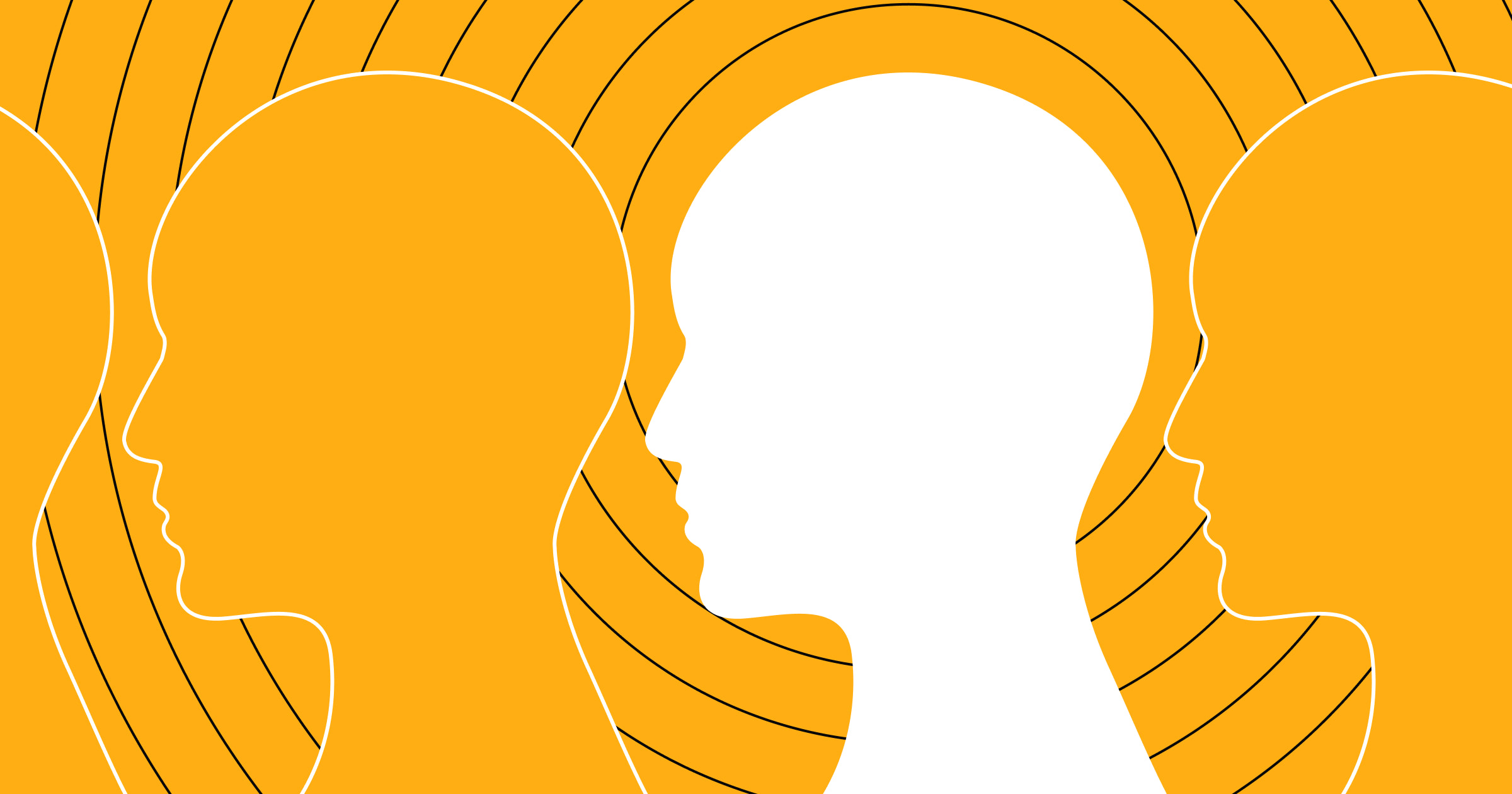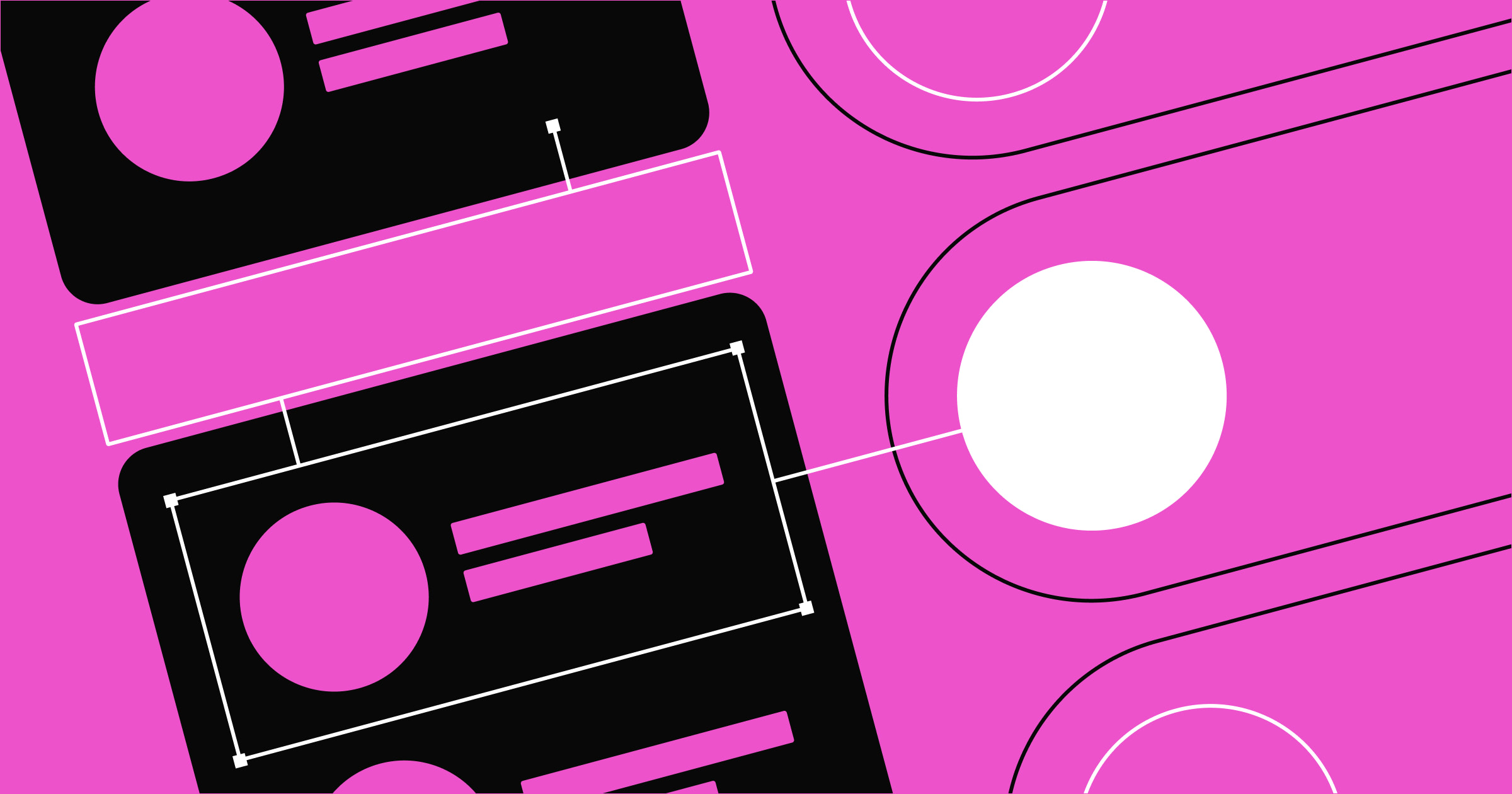Psychology helps you understand what users want, sometimes even better than they do.
Psychology and UX design go hand in hand. Psychological principles outline how people respond to stimuli and what motivates them to take specific actions. Designers can use this information to create more effective sites. By better understanding subconscious behaviors like shape recognition, designers can satisfy expectations users might not even know they have.
When designing a fitness app, for example, you could place exercise goals inside upward-facing triangles. These shapes signal growth and progress, subtly encouraging people to work out and reach new milestones.
8 principles of psychology in design
The following eight psychological principles play a big part in UX design and have remained relevant through many years of experimentation and peer review.
1. Color theory
Colors affect how people interpret websites, and designers can use these feelings to subtly influence website visitors’ emotions. That’s what makes color theory so powerful — it helps designers decide when to select one color over another.
Blue, for example, denotes dependability and integrity, while red signifies danger and urgency. For this reason, websites tend to use blue when showcasing security and privacy features and red when calling attention to an alert that requires immediate action.
2. Hick's Law
Hick’s Law states that it takes more time to make a decision as options increase in complexity or volume. When too many stimuli compete for attention, the short-term memory overloads, causing people to avoid making a decision.
Every stimulus source increases the cognitive load on the brain. The cognitive load is the effort it takes the brain to understand a situation. Leveraging Hick’s Law in your web design means reducing cognitive load to give your users options that are easy to understand.
For example, a restaurant’s online ordering page could start with categories like Pasta, Pizza, and Salads. Patrons can choose between those three options before selecting a specific dish so they won’t be overwhelmed by seeing the entire menu at once.
3. Gestalt principles
Gestalt psychology studies how humans perceive complex images and recognize patterns. Many principles of Gestalt psychology apply to UX design, including symmetry, similarity, and continuity. Understanding these foundations helps designers understand how users interpret websites.
Take similarity, for instance, which refers to people naturally grouping similar-looking items together. Designers can leverage this effect by making the “Next page” button a consistent color and shape across the website. This approach allows visitors to quickly identify and understand the button's purpose, improving navigation.
4. The golden ratio
The golden ratio is a visually appealing ratio of 1:1.618, which appears in nature in places like the shape of a ram’s horn or the number of petals growing on a flower. Artists like Leonardo da Vinci have used this ratio in famous works, and it still has a place in modern-day design.
When UX designers size elements according to this ratio, their layouts are easier to understand because they follow a natural convention. This principle even applies in typography — making headers 1.618 times bigger than the body font clearly marks headers as important information.



















The marketer's guide to personalization
Discover how to create personalized website experiences that meet buyers’ expectations in this ebook.
5. Anchoring bias
Anchoring bias occurs when people give more value to information they receive early in the decision-making process. Say shoppers see a table comparing two subscription service tiers, and the first column has fewer features than the second. Because the first column looks more basic, people will be more likely to buy the second tier, even if they don’t need all the listed features.
Web designers use anchoring bias by front-loading information they want readers to internalize. For example, designers might create a homepage stating their client’s product is “protected by enterprise-grade security” or “backed by cyber-security professionals” so users are more likely to trust the brand.
6. Persuasive design
Persuasive design uses visual and social cues to affect people’s emotions. Designers use techniques like storytelling and color theory to subtly persuade their audience to complete desired tasks, often increasing conversions.
One example of a common persuasive tactic is the fear of missing out, or FOMO. Designers and marketers use limited-time offers or timed content to make their audience feel they’ll miss out on something if they don’t act fast. This pressure encourages customers to make a purchase or sign up for email campaigns.
7. Social proof
Social proof refers to accolades, customer reviews, and testimonials that brands use to improve an audience’s perception of their products. Potential customers are more likely to trust shoppers’ or outside institutions’ opinions of a product since they’ll see these endorsements as unbiased.
Say a designer is building a website for a car company. To prove the cars are safer than competitors’, designers can feature safety awards on the brand’s homepage. This social proof signals that customers’ families will be safe during accidents, leading to more sales.
8. Scanning patterns
When people read a website, they tend to follow either an F-shaped or Z-shaped pattern, so named because that’s how readers’ eyes travel across the page:
- Z-shaped pattern — Users start by scanning horizontally across the top from left to right, then diagonally down and across again. Website visitors who follow this method will better understand the whole site.
- F-shaped pattern — Readers first review the top of a page before scanning down just the left side, which can lead to missed details in the middle and right sections.
Designers aim to discourage F-shaped patterns by using strategies such as clear headings, bolded key terms, and structured lists.
These formatting choices emphasize important information, encouraging visitors to slow down and pay more attention to the content. By fully engaging the reader, you may be able to teach them something new or convince them to check out your client’s product.
Why psychology matters in web design
User testing, focus groups, and surveys are all great at capturing user feedback, but these research methods don’t assess the subconscious reasons people respond to content. When web designers consider psychological principles, they use decades of established data to decide which elements will catch readers’ attention. Understanding visitor intent allows teams to build websites that suit people’s needs and nudge them to complete desired tasks.
Test your design with Webflow
Incorporating psychology into your design is essential for creating sites for clients that engage various users’ decision-making processes. Employing these principles can help you drive conversions and help your clients connect with their audience.
Try experimenting with psychology during your next website experiment with Webflow Optimize. Make consistent, comprehensive changes across your site with reusable components, and surface valuable data with analytics integrations.
To learn more, check out how other designers use Webflow.

Discover what performs best and deliver it at scale
Maximize conversions with rapid insights, tailored visitor experiences, and AI-powered delivery.































